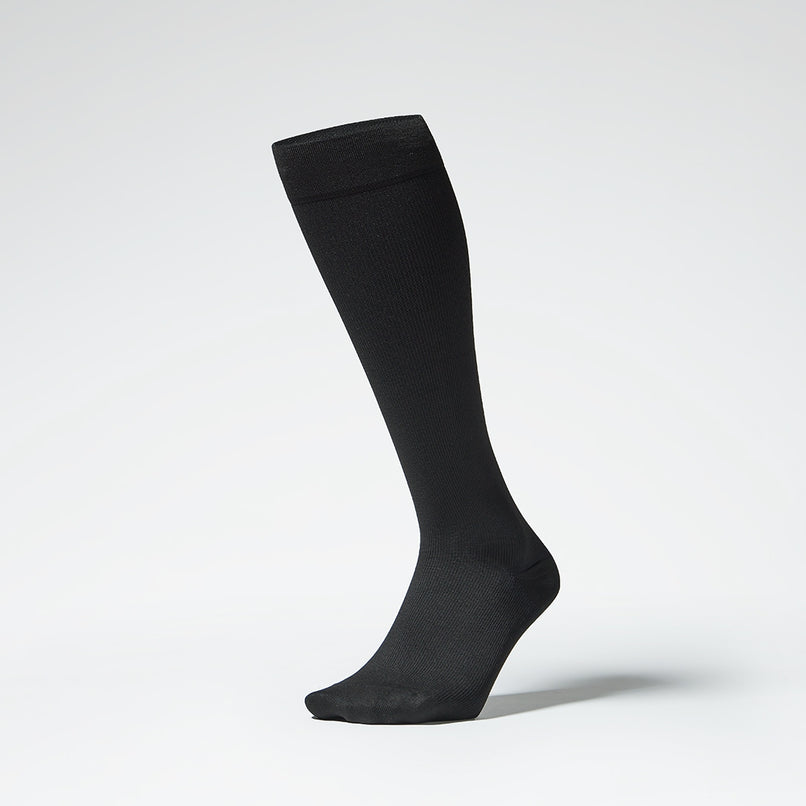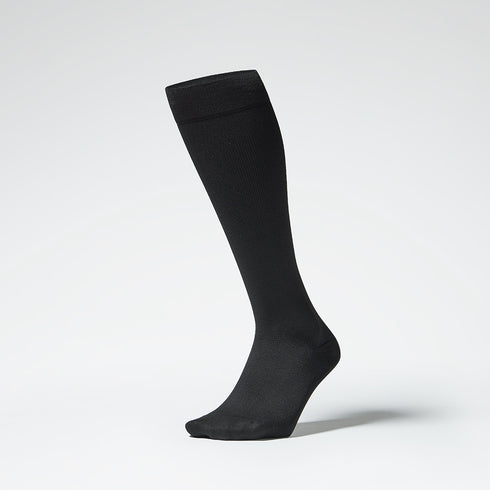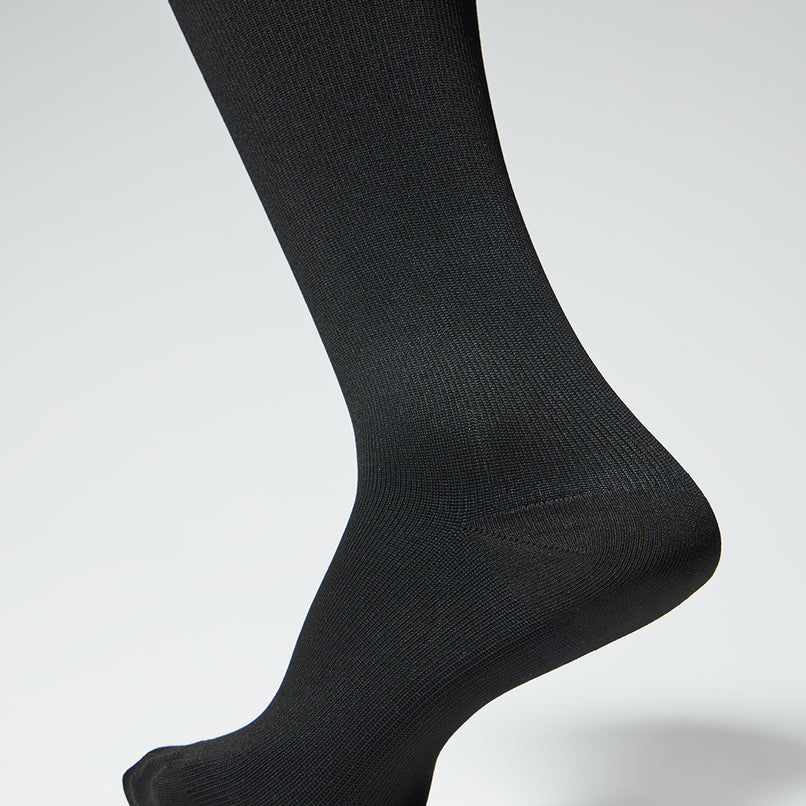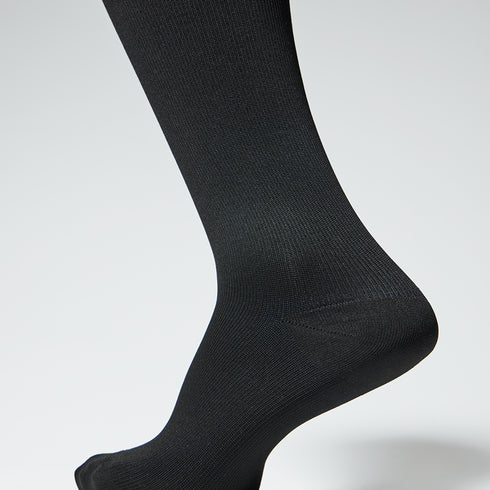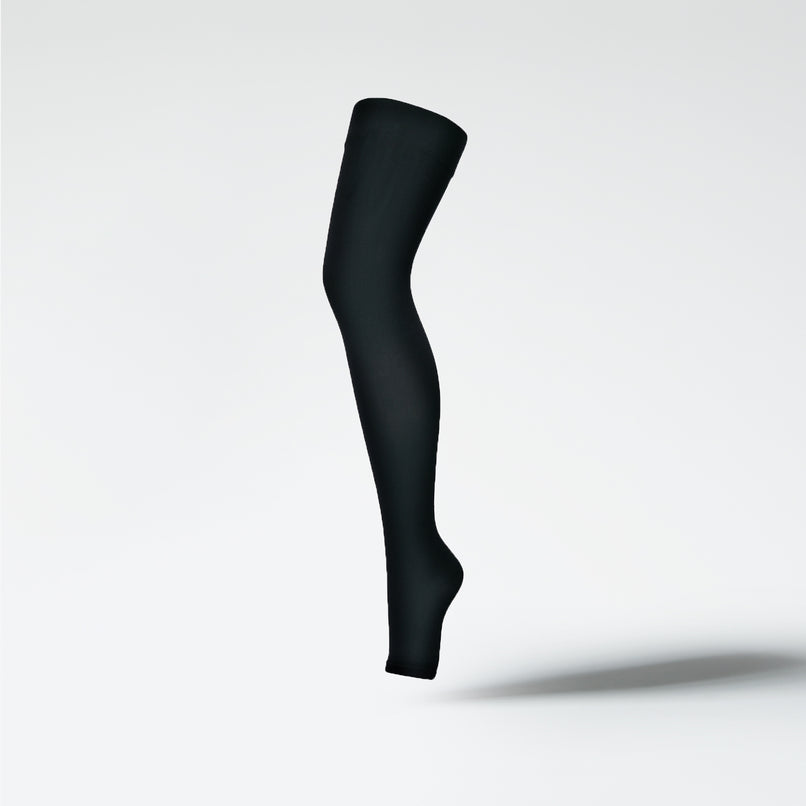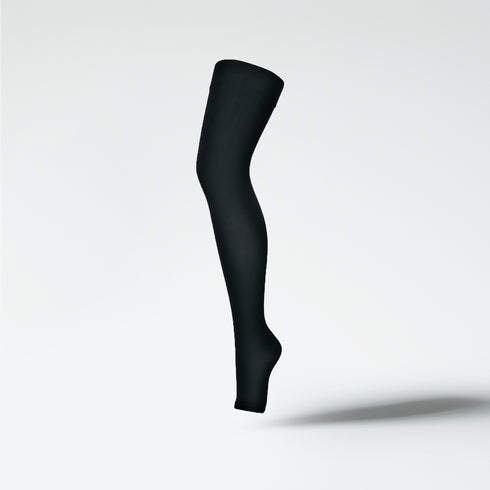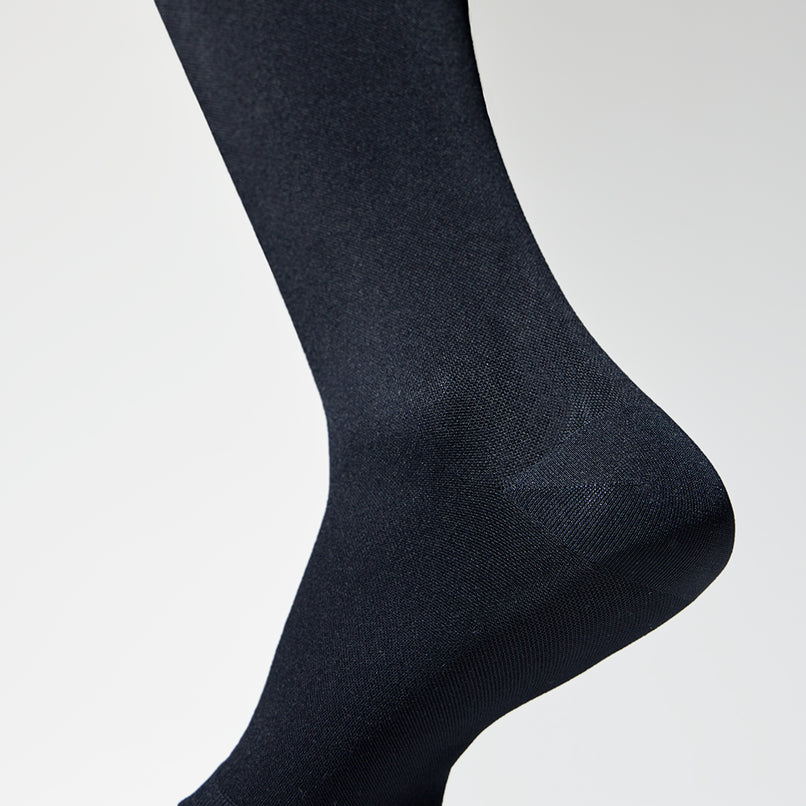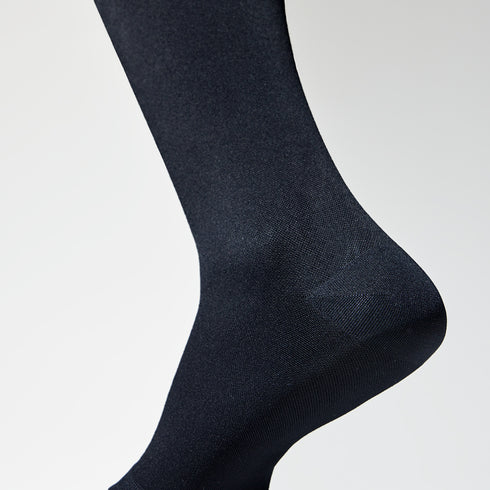Everything You Need About Edema

What is edema?
Edema is the medical term for swelling and is an excessive accumulation of fluid in a certain body part. In this case your body retains too much fluid in one place. It is a general response of the body to inflammation or injury. This problem can arise in a small area or the entire body. Medications, infections, pregnancy, and many medical problems can cause edema. Edema can occur when small blood vessels "leak" and release fluid into nearby tissues. The extra moisture accumulates, causing the tissue to swell.
How does edema arise?
There are different forms of edema. We make a distinction between primary edema and secondary edema. With primary lymphedema there is a congenital defect in the lymphatic system. Sometimes this abnormality manifests itself at birth, but much more often it occurs that the abnormality only manifests itself around puberty or later. Secondary edema is caused by external influence, such as an infection or surgery that damages the lymphatic system. 2/3 of the human body consists of fluid and the lymphatic system ensures that fluid is drained. If you have fluid retention or swollen legs, this may be a symptom of edema. Edema can occur throughout the body but is often in the feet or ankles. The fat leg is often painful.
Overweight
Being overweight can play an important role. If you are overweight there is a chance that you have high blood pressure, which in turn can cause edema. A healthy weight is therefore very important to cure or prevent edema. If you suffer from fluid retention, we recommend that you do not wait too long to seek medical advice.
Causes of edema
Edema is a normal response of the body to inflammation or injury. For example, a sprained ankle, a bee sting, or a skin infection will all lead to edema in the affected area. In some cases, such as with an infection, this can be beneficial. The extra fluid from the blood vessel ensures that more infection-fighting white blood cells reach the affected area. It can also arise from disorders or problems in the balance of substances that are normally present in the blood. Some causes of edema include:
- Physical inactivity: edema is more common in people who do not move at all or who walk very little.
- Sit or stand for a long time: with long periods of sitting and standing there is a greater risk of swelling.
- Low albumin (hypo): albumin and other proteins in the blood act as sponges to keep the fluid in the blood vessels. Low albumin can contribute to edema, but is usually not the only cause.
- Allergic reactions: Edema is a natural part of most allergic reactions. This allows the body to drain the nearby blood vessels into the affected area. Obstruction in the flow: If the drainage of moisture from a body part is blocked, moisture can accumulate. A blood clot in the deep veins of the leg can lead to edema in the legs.
- Cardiovascular disease (congestive heart failure): When the heart becomes weaker and the blood is circulating less effectively, fluid can slowly accumulate, resulting in fluid in the legs. If fluid retention occurs quickly, fluid can enter the lungs (pulmonary edema).
- Liver disease: Severe liver disease (cirrhosis) results in an increase in fluid retention. Cirrhosis also leads to low levels of albumin and other proteins in the blood. Fluid leaks in the abdomen (ascites), and can lead to edema in the legs.
- Kidney disease: A kidney disease, the so-called nephrotic syndrome, can lead to severe edema in the legs, and sometimes in the entire body (anasarca).
- Pregnancy: Due to an increase in blood volume during pregnancy and the pressure of the growing uterus, mild edema in the legs often occurs during pregnancy. Serious complications that have arisen during pregnancy, such as deep vein thrombosis and preeclampsia, can also cause edema.
Edema of the leg is usually caused by:
- A blood clot: blockages, such as a clot in one of the veins, can impede blood flow. This causes an increase in the pressure in the vein, which can lead to leakage of fluids into the surrounding tissue, causing edema.
- Varicose veins: these are often accompanied by symptoms of edema. Varicose veins are usually caused by damaged valves; static pressure increases, resulting in bulging veins. The static pressure also increases the risk of leakage of liquids into the surrounding tissue.
- Infection / inflammation: the lymph nodes may swell in response to the infection.
- A cyst / tumor: edema causes cysts, which can subsequently lead to more edema. Every lump can cause edema for a number of reasons. The lump can press against a vein which can increase the pressure in that vein, which can result in liquids leaking into the surrounding tissue. The lymph nodes can respond to a tumor and swell.
- Lymphedema: the lymphatic system helps to remove excess fluid from the tissues. If this system is damaged, the lymph nodes and lymph vessels can no longer withdraw the fluid continuously, which can lead to edema.
Below you can find a video about exercises for lymphedema.
A good doctor will give the following advice that can help with the fluid retention problem:
- Less salt consumption.
- If the patient is too heavy to lose weight.
- Do regular exercise.
- Raise the legs a few times a day to improve circulation.
- Do not sit / stand for too long.
- Get up and walk regularly when traveling by car, train, boat or plane.
- Avoid extreme temperatures, such as hot baths, showers and saunas. Dress warmly when it is cold.
- Massage - if the affected area is massaged firmly toward the heart, this can help move the fluid. It is important that the hand movements do not hurt. A qualified masseuse or physiotherapist knows how to deal with this.
- Wearing support stockings.
Wear support stockings against edema
When you wear support stockings with degressive compression (compression stockings), blood circulation in the legs is stimulated. Wearing support stockings ensures better blood flow and prevents or reduces fluid retention and swelling in the feet and ankles and the negative effect of residual harmful waste. The accumulation of moisture is therefore prevented by wearing compression stockings. These compression stockings are also called therapeutically elastic stockings.

Niek van Spronsen
Niek has been part of the STOX Energy Socks team since 2022, writing informative and inspiring articles about compression socks, sports, health, and nutrition. With a passion for an active and healthy lifestyle, Niek shares valuable tips and advice to help athletes and health-conscious readers improve their performance and well-being.
Latest related articles
Show moreAll products
Discover now
Niek van Spronsen
Niek has been part of the STOX Energy Socks team since 2022, writing informative and inspiring articles about compression socks, sports, health, and nutrition. With a passion for an active and healthy lifestyle, Niek shares valuable tips and advice to help athletes and health-conscious readers improve their performance and well-being.
